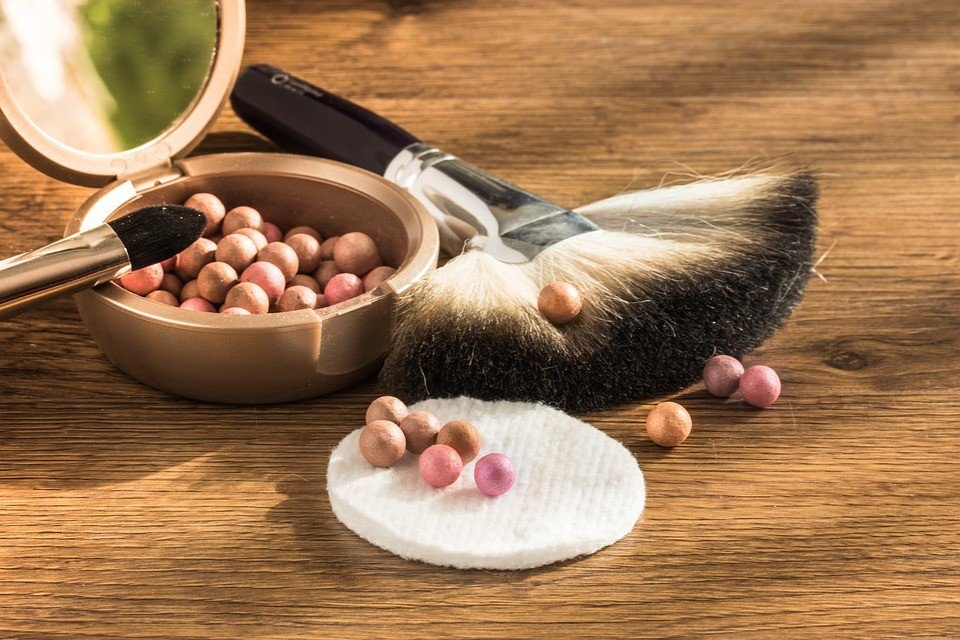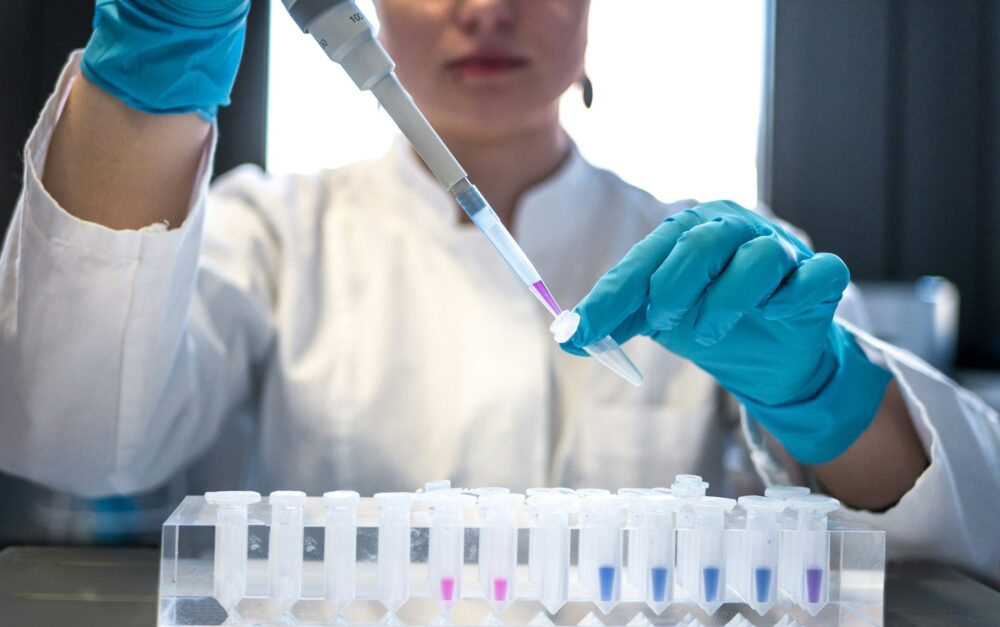Business
Beauty products around the globe depend on this mineral
Almost all beauty products contain titanium dioxide, which comes from mined minerals.

Walk around the skincare section of supermarkets and you’ll find it hard to see beauty products that have no titanium dioxide in it. Lotion, soap, sunscreen, whitening cream—you name it. But some people would find it harder to believe that a mined mineral-sounding thing does exist in skin care products.
The thing is that it really comes from a mined mineral—rutile.
Titanium dioxide, also known as titanium (IV) oxide or titania, is a natural oxide of titanium. It is sourced from various minerals like ilmenite, anatase, and rutile. Titanium dioxide is used primarily as a pigment, or a material that is capable of providing and changing the color of beauty products. Among its main users are the paint and coating companies, food coloring manufacturers, and skin care product producers.
From the skin care product manufacturer’s perspective, the existence of titanium dioxide is essential in its entirety. Without it, lotions and sunblock will not be able to protect the skin from harmful UVA and UVB rays. Remove it and the skin will be susceptible to burning and faster aging.
But despite wide usage of titanium dioxide in skin care products, many still doubt its innocuousness. One of the concerns comes from the fact that it is highly toxic in powder form. Experts remain puzzled over its real capacity to pose a serious health risk to humans.
Carcinogenic?
For the American Cancer Society, titanium dioxide is “possibly” carcinogenic. However, it admits that recent studies on titanium dioxide are not enough to say that a small amount of it could cause harm to humans.This supports the position of the United States Food and Drugs Administration (FDA), saying that food products can contain up to 1 percent titanium dioxide without the need to include it on the ingredient label. As long as the substance added adheres to the strict levels of purity, titanium dioxide in food and cosmetics is fine.

Beauty products use titanium oxide. (Source)
The truth is titanium dioxide is undeniably small—less than 100 nanometer (nm) in size—but scientists say that it is not capable of penetrating the human body through the skin. Titanium dioxide stays on the surface of the skin and does its job there, which is to prevent the UV rays from damaging the skin’s outer layer. However, it can easily be wiped off the skin’s surface by simply taking a bath.
The titanium dioxide and cosmetics market
Since there is still no evidence that can prove nanoparticles’ long-term effect on human health, skin care manufacturers will continue to use it in their beauty products. Consumers will never stop patronizing them until they find something that can give them the same level of UV protection.
The global cosmetics market will continue to grow; hence, the demand for titanium dioxide will remain strong. The rutile market will experience a short period of a supply problem in some giant rutile-producing countries like South Africa, but it will be mitigated by new rutile resource discoveries outside the region. Among these discoveries are White Mountain Titanium Corporation’s promising 17,041 hectares rutile deposit in Santiago, Chile and Apollo Minerals’ significant prospects in Gawler Craton, South Australia.

-

 Biotech1 week ago
Biotech1 week agoWhat Financial Impact Can the Health Sector Expect from the Metaverse Integration
-

 Biotech2 days ago
Biotech2 days agoGrifols Announces Positive Results from Fanhdi Phase IV Study
-

 Biotech1 week ago
Biotech1 week agoAI Will Revolutionize Mental Health, Generating 2.5 Billion in Spain
-

 Crowdfunding2 weeks ago
Crowdfunding2 weeks agoOpstart Buys Majority Stake in BackToWork

























